The Spaghetti Tour is a high‑altitude trekking and mountaineering adventure circling the Monte Rosa massif, straddling the Swiss–Italian border in the Italian Alps. You stay overnight in rustic mountain huts—like Margherita, Gnifetti, and Quintino Sella—while summiting several famed 4,000‑metre peaks, including Breithorn, Castor, Pollux, and Zumsteinspitze. It’s called the “Spaghetti Tour” because English‑speaking climbers adored the hot pasta served in Italian huts during the climb. You get dramatic glacier crossings, alpine ridges, marvellous panoramas, and authentic mountain cuisine—all woven into one classic week‑long journey. Spaghetti Tour of Monte Rosa Trek.
Best Time to Visit
Late June through early September is prime time for this trek.
- July and August offer stable weather, open huts, long daylight, and lusher alpine scenery.
- Late June may still feature snow‑covered trails—but it can be quieter and blooming with wildflowers.
- Early September brings crisper air, fewer clouds, and fewer hikers.
Outside this window, snow and hut closures make it risky and unpredictable.
How to Reach (Train / Road / Air)
- By Air: Fly into Milan, Geneva, or Zurich.
- By Train: Switzerland offers smooth rail lines to Zermatt via Visp or Brig. On the Italian side, you can reach Cervinia or Gressoney via Aosta or Milan plus local buses.
- By Road / Car: Drive and park in Täsch for Zermatt (car‑free). From Italy, drive to Cervinia or Gressoney, each serving as common trip start points. Combining train for one side and shuttle for the other makes the route easier.
Entry Fees and Permits
- No permits are required for the trail—it is free to access.
- Mountain huts charge separately for half‑board stays (breakfast and dinner). Rates vary by hut and season and are subject to change.
- Cable car rides (e.g., Zermatt to Klein Matterhorn) and optional lift services add extra costs.
Food Availability and Meal Options
- Expect hearty, regional meals in Italian lodges: pasta dishes, soups, cheeses, bread, minestrone, and simple mountain fare.
- Breakfast is usually continental with cereal, coffee, and bread.
- Meals are offered in huts during evening dinner service—arrive early to ensure you get fed.
- Bring lightweight snacks like energy bars, nuts, or dried fruit for long glacier stretches or days with limited hut access.
Packing List and Essentials
Keep gear light and versatile:
- Backpack: 35–45 L comfortable pack
- Clothing: base, insulating mid‑layer, waterproof outer shell
- Footwear: sturdy, crampon-compatible boots; extra socks
- Technical gear: crampons, ice axe, helmet, harness; trekking poles helpful
- Accessories: sunhat, sunglasses, sunscreen, headlamp, map/offline GPS, power bank
- Extras: sleeping liner (many huts require one), basic first‑aid kit, reusable water bottle or bladder, energy snacks, cash in euros/Swiss francs for drinks or extras
Safety Tips and Local Regulations
- Weather changes fast at altitude. Check forecasts and be ready to turn back if greens turn to grey with lightning or storms.
- Stick strictly to marked trails and always glacier‑safe paths. Hidden crevasses pose serious risks.
- Huts fill fast in peak season—reserve early and have backup plans.
- Respect “leave no trace” ethics: pack out trash, avoid disturbing wildlife, and keep noise low.
- In emergencies, dial 112 across both Italy and Switzerland.
- Avoid restricted or protected areas—obey signage, especially in glacial zones or during sensitive environmental conditions. Spaghetti Tour of Monte Rosa Trek.
Tips for Beginners or First‑Time Visitors
- Get acclimatised: spend a day or two in Zermatt or Cervinia before tackling high passes.
- Learn basic glacier travel skills: crampon use, rope safety, ice‑axe arrest. Consider a guided day or short beginner course.
- Travel with modest expectations: the route is physically demanding, 6–8 hours walking daily, with challenging ascents.
- Use trekking poles to save your knees and help with balance on snow and rocky terrain.
- Stay organised with layers and daylight hours—summit and descent with ample time.
Local Customs or Cultural Etiquette
- Language: Italian is dominant in the huts; German or English is common in Swiss zones. A simple “Grazie” or “Merci” goes a long way.
- Quiet hours: Observe hut etiquette—quiet in the evening, especially during meals and rest time.
- Punctuality: Swiss efficiency shines—be on time for transport or guide meetups.
- Waste separation: Recycling is expected in huts—separate paper, plastic, and organic waste.
- Greeting: A morning “Buongiorno” or “Grüezi” is friendly and respectful.
FAQ Section
How long is the trek
Typically a 5‑day traverse; some variants stretch to 7 days depending on hut stops and peaks.
What is the difficulty level
Advanced: this isn’t a casual hike. It involves glacier below‑freezing crossings, technical crampon use, altitude up to 4,500 m, and daily gains of 800–1,400 m.
What is the altitude range
Between approximately 3,300 m (hut level) and peaks up to 4,563 m (Zumsteinspitze) or even 4,634 m if you include Dufour in ambitious versions. Spaghetti Tour of Monte Rosa Trek – Italian Alps: Your Guide.
Are there restrooms
Yes, in mountain huts—basic facilities, sometimes coin‑operated; no toilets on trail segments.
Is mobile reception available
Limited. Some huts or nearby villages may offer Wi‑Fi or cell access. Download maps and directions beforehand.
How many kilometers per day
Daily distance varies by route and terrain, generally 8–15 km, but elevation gain often makes it feel tougher.
Do I need to book huts in advance
Strongly recommended—especially in July/August. Huts are small, and reservations fill weeks ahead.
Do I need technical climbing gear
Yes: crampons, helmet, harness, ice axe are required. Rock‑protection gear is minimal unless you opt for more technical peaks like Dufour.
What about water
Huts usually offer potable water—carry a refill bottle. Glacial meltwater is scenic but needs treatment or purification
Final Thoughts
The Spaghetti Tour is more than just a trek—it’s a high‑altitude passage through alpine grandeur, culinary tradition, and mountaineering heritage. With the right preparation, gear, and respect for mountain conditions, this 5‑day journey around Monte Rosa can become one of your most memorable adventures. Spaghetti Tour of Monte Rosa Tre
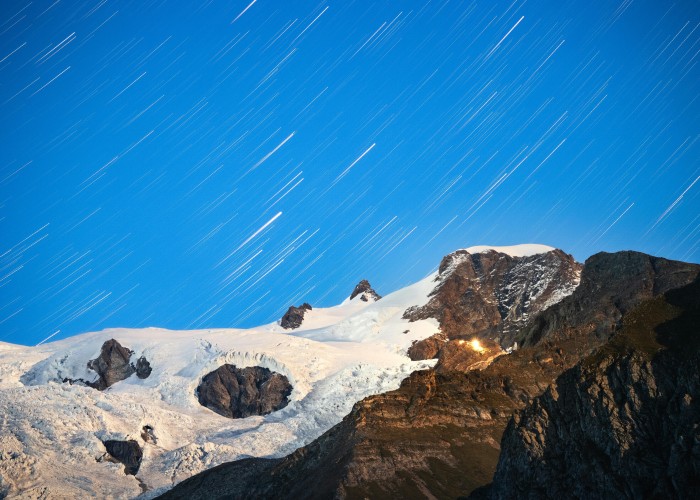
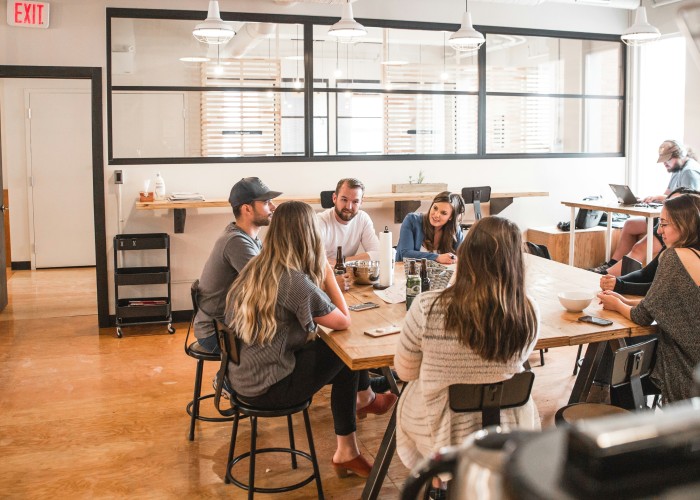
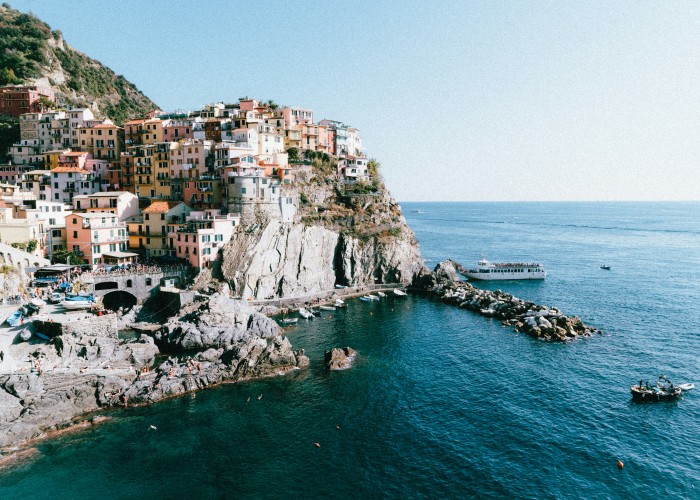
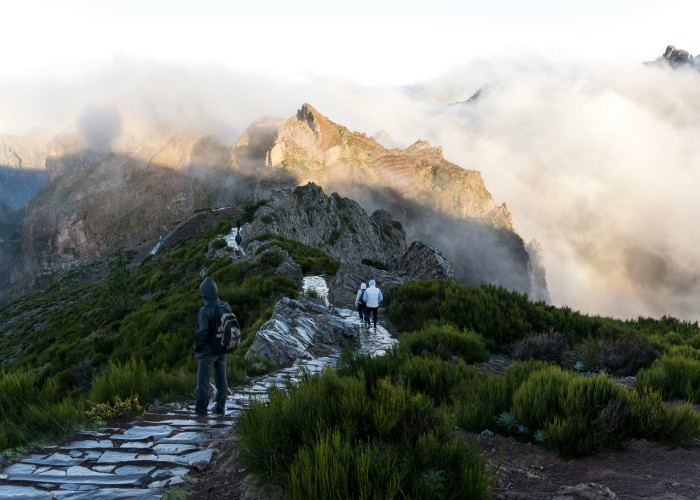
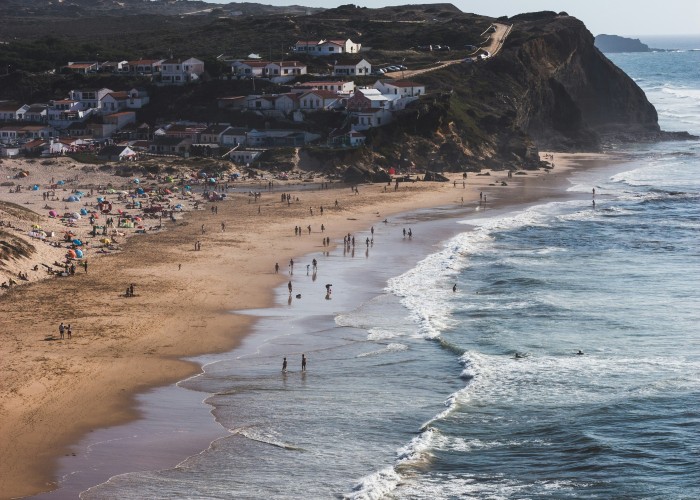
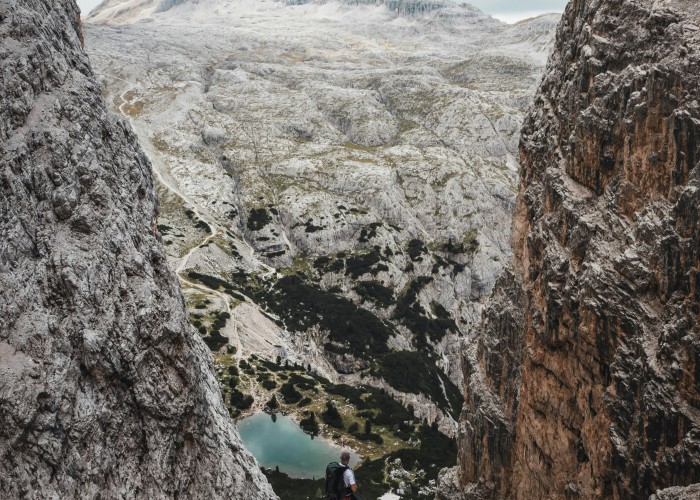
Leave a Reply